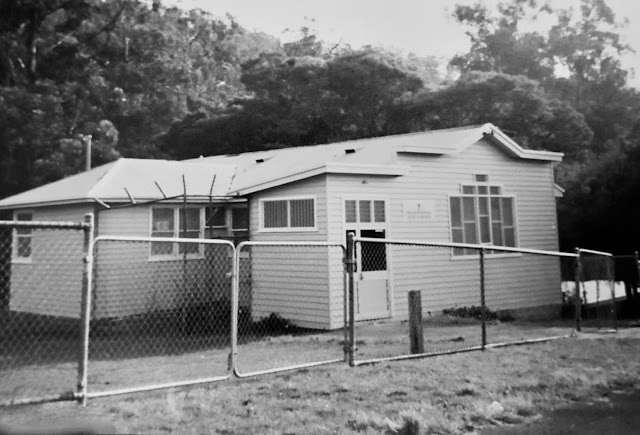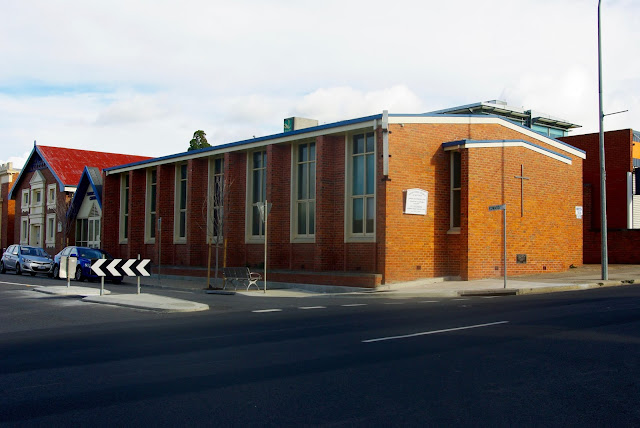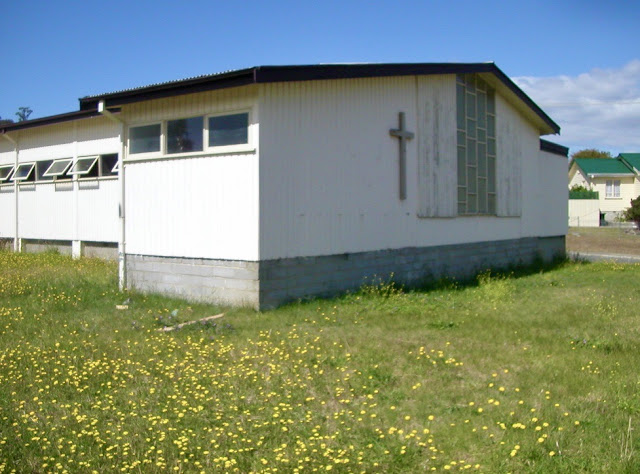No. 844 - Chigwell - Salvation Army Hall

Chigwell is a northern suburb of Hobart approximately 20 kilometres from the city. It was built and named by the Housing Department in the 1950s. It takes its name from "Chigwell House", the home of William Gore Elliston in the 1840s. The former Salvation Army Hall situated on Arunta Crescent has been closed for many years and the building was converted into a house in 2007. The building has also been used as a Boy Scout hall. As a relatively recently established place of worship, there is very little information about the Chigwell Hall. As information becomes available this article will be updated. The Companion to Tasmanian History has the following concise summary of the history of the Salvation Army in Tasmania: “The Salvation Army had a seminal link with Tasmania. Launceston businessman and philanthropist Henry Reed, living in London, gave William Booth over £5000 to establish the Salvation Army on a firm footing in about 1870. In 1883 the Salvation Army Launceston ...






